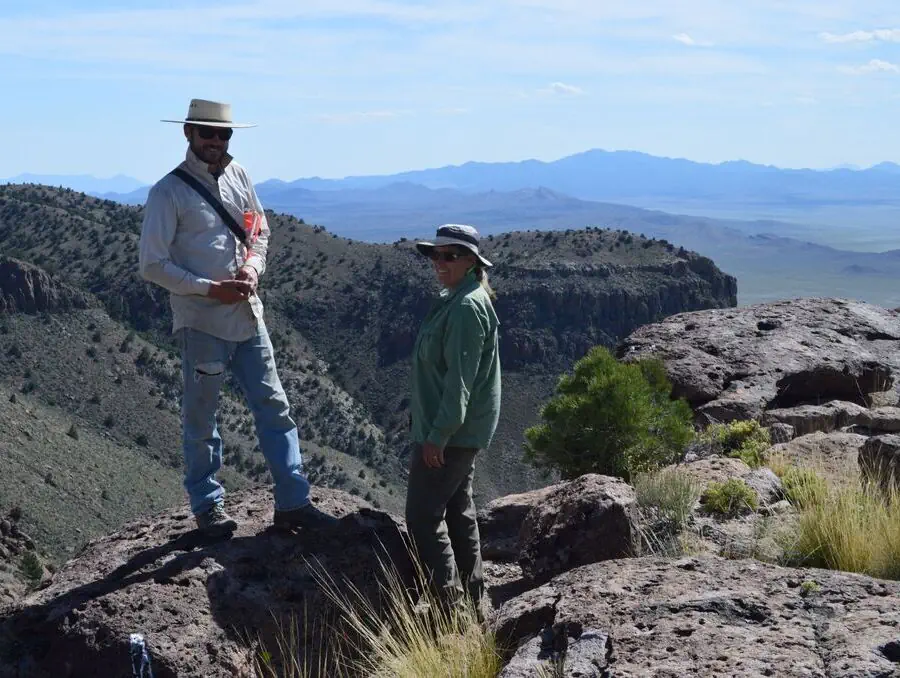Powerful new digital mapping tools developed by University of Nevada, Reno researchers hold promise to improve management of rangeland, particularly public lands in the far-flung Western United States.
The significant improvements in mapping of vegetation enabled by the University’s research provide managers of rangeland, ranchers as well as federal managers of public lands, with better information to make large-scale decisions to mitigate effects of grazing, wildfire and other potential disruptions.
The research was conducted by Lucas Phipps, a rangeland ecologist, and Professor Tamzen Stringham, both in the Department of Agriculture, Veterinary & Rangeland Sciences in the University’s College of Agriculture, Biotechnology & Natural Resources. Stringham also conducts research as part of the College’s Experiment Station. The results were published this month in the journal Rangeland Ecology and Management.
Phipps explained that the new mapping process employs robust machine learning that crunches massive amounts of information gathered by satellite imagery as well as data gathered painstakingly by generations of scientists working on the ground. The result: Map grids that show vegetation patterns more accurately than previous methods.
Accurate information about vegetation is particularly important in Nevada, where the federal government owns more than 80% of the land. Many ranchers in the state want more flexibility in the management of the rangeland they lease from federal agencies. In fact, four ranches in the state have joined with the Bureau of Land Management to test management practices that provide ranchers with more ability to respond themselves to changing conditions. But that sort of flexible management requires the best-possible information about vegetation and changes in vegetation patterns to ensure that rangeland is grazed appropriately, Phipps said.
In the past, vegetation maps were created from studies of soil types, along with data about factors such as rainfall, average temperatures and elevation. The advent of remote data from NASA’s Landsat satellite allowed researchers to create large-scale maps beginning in the mid-1980s, and researchers began to use satellite imagery to track large-scale changes from one year to the next.
The process developed by Phipps and Stringham uses machine-learning analysis of more than 40 environmental variables, to develop vegetation maps that have more information, and better-quality information, than existing mapping products. Maps generated by the new process were validated by on-the-ground observations at 450 sites.
Despite the accuracy and wide vision of the vegetation maps generated by machine learning and remote imaging, Phipps said the new technology still can’t replace the observations of skilled scientists working in the field.
